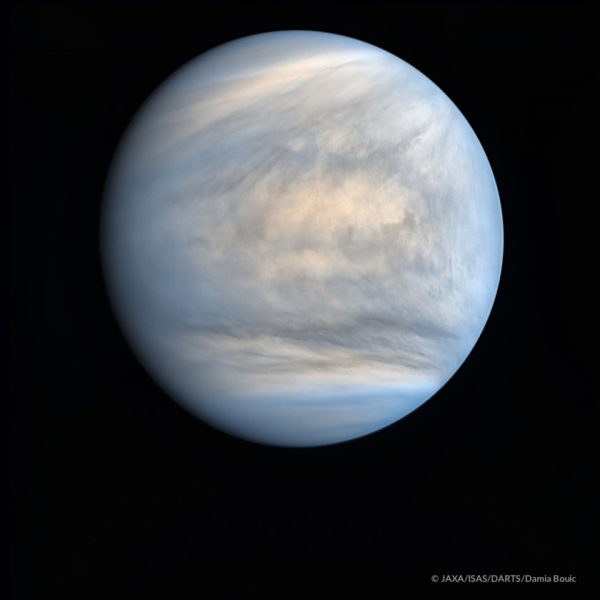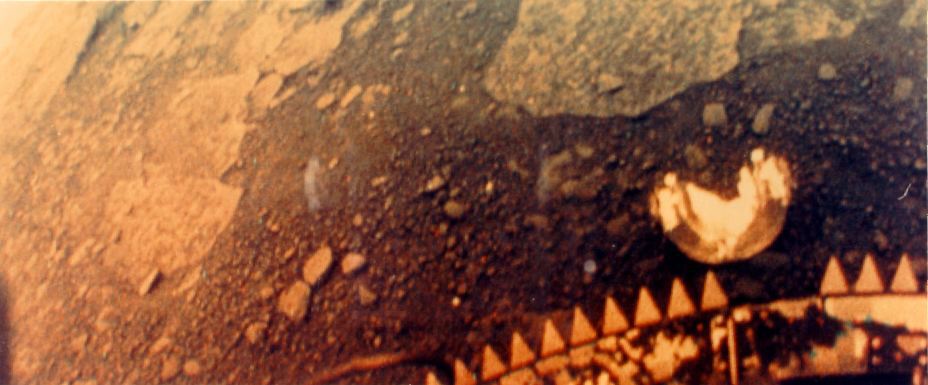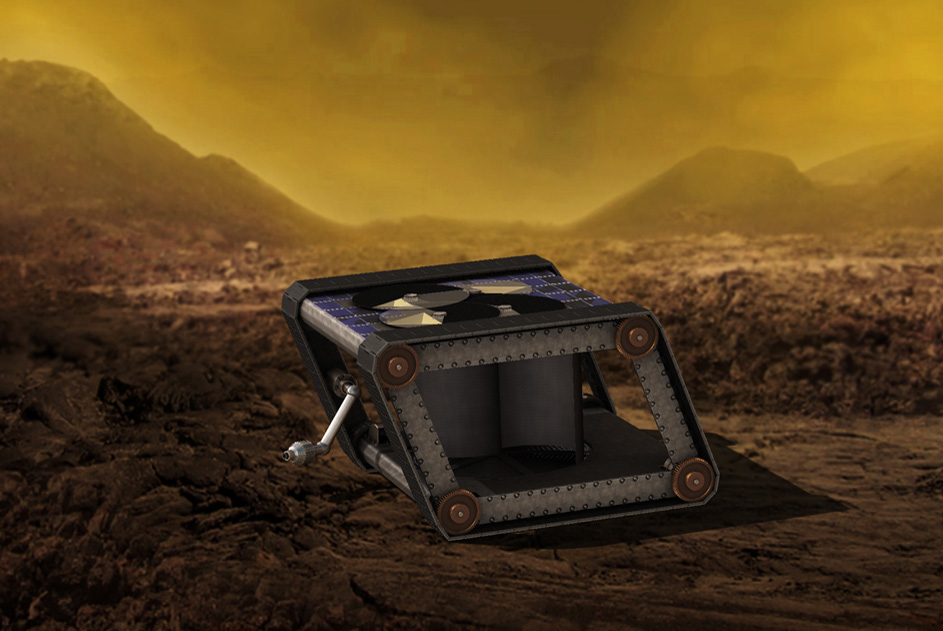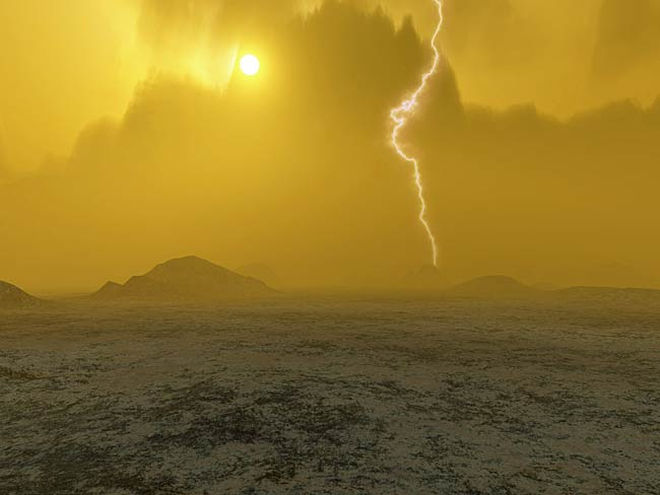How Long is a Day on Venus? Astronomers Make Their Best Measurement Yet – Universe Today
There’s a problem with Venus. We don’t know how fast it rotates. For a space-faring civilization like ours, that’s a problem.
Measuring the length of day, or rotation rate, of most bodies is pretty straightforward. Mark a prominent surface feature and time how long it takes to rotate 360 degrees. But Venus is blanketed in thick clouds. Those clouds give it its reflectivity, and make it bright and noticeable in the sky, but they make it hard to measure Venus’ day length.
In 1963, radar observations from Earth pierced the thick cloud cover and measured Venus’ length of day (LOD). Those observations pegged the rotation rate at 243.1 days. They also revealed that Venus has a retrograde rotation, meaning it rotates in the opposite direction to Earth and most other planets in the Solar System. (Uranus has a retrograde rotation, too.)
That wasn’t the end of measuring Venus’ LOD. Subsequent radar observations came up with different values, sometimes by up to six minutes. Maybe a spacecraft would do a better job.

In 1989, NASA launched the Magellan spacecraft. Magellan arrived at Venus in August 1990, and entered a three hour, near-polar elliptical orbit. After 487 days, and almost 1800 orbits, Magellan completed its mapping mission, and also measured Venus’ LOD at 243.0185 days, with an uncertainty of nine seconds.
Scientists have been measuring Venus’ rotation rate ever since, and can’t get a consistent answer. There’ve been different proposed explanations for this, like atmospheric drag from Venus’ thick atmosphere, or solar tidal torque. But an exact number has been elusive.
Besides being in the uncomfortable position of not knowing how fast our close neighbour rotates, there’s a practical reason for wanting to know: landing spacecraft there.
Venus is an inhospitable place. Blistering temperatures and crushing atmospheric pressure have limited the surface exploration of the planet to a handful of Soviet probes. They were the Venera family of probes, which were sent to Venus starting in 1961.

But there are plans to send more spacecraft to explore Venus. Without knowing the rotation rate, it’s very difficult for a spacecraft to stick a landing. The current uncertainty in the rotation rate means that a spacecraft could miss its target by 21 kms (13 miles.) Venus is a hazardous enough target already without inviting that much error.
A team of scientists from the Smithsonian Astrophysical Observatory, Cornell University, the Jet Propulsion Observatory, and other institutions wanted to come up with a more accurate measurement. They analyzed 29 years of Earth-based radar data on Venus, from 1988 to 2017. Their paper is titled “The mean rotation rate of Venus from 29 years of Earth-based radar observations.” It’s published in the journal Icarus.
The radar imaging gave the team a look at surface features and their positions over 29 years. Rather than trying to nail down an exact, stable length of day (LOD) for Venus, they came up with a mean value of 243.0212 ± 0.0006d. This mean value is important for any future missions.
Though an exact, rock-solid value for Venus’ LOD is still out of reach, due to oscillations from atmospheric drag and solar torque, this new mean is still valuable. The further away in time we get from the Magellan mission, the more it matters.

That’s because our map of Venus’ surface features still relies on those 487 days and almost 1800 orbits that Magellan completed back in 1990. Those maps still play a big role in choosing landing spots, and the surface features in those maps are “drifting.” As the team says in their paper, “the current positional offsets from the Magellan-epoch predictions are already > 20 km east-west near the equator.” The more time elapses between Magellan and a mission to Venus, the more those offsets will grow.
Future missions to Venus are likely to be aimed at the tessera highland terrain. That terrain is a complex pattern of intersecting sets of subparallel fractures and ridges. Venus has a global network of tectonic belts that traverse this terrain. The tessera highland terrain is probably ancient compared to the lava flow terrain prevalent on Venus, and landing there would meet the aims of the 2014 Roadmap for Venus Exploration. That document outlines mission objectives for Venus that includes “Study surface geochemistry and mineralogy on a tesserae highland.”

Though the exact nature of any mission to the surface of Venus is not certain yet, it does seem certain that there’ll be landers there. Maybe by the late 2020s. And if the tesserae highlands are the destination, that means there are some hazards to contend with. That region features steep slopes, and suitable landing areas that are only a few kilometers across.
This study reduces the level of uncertainty in Venus’ LOD to the smallest amount yet. At the same time, it increases the accuracy of planning for and executing a landing. And in the next few years, further measurements of Venus’ LOD might reduce that error even more.





